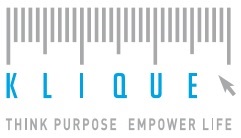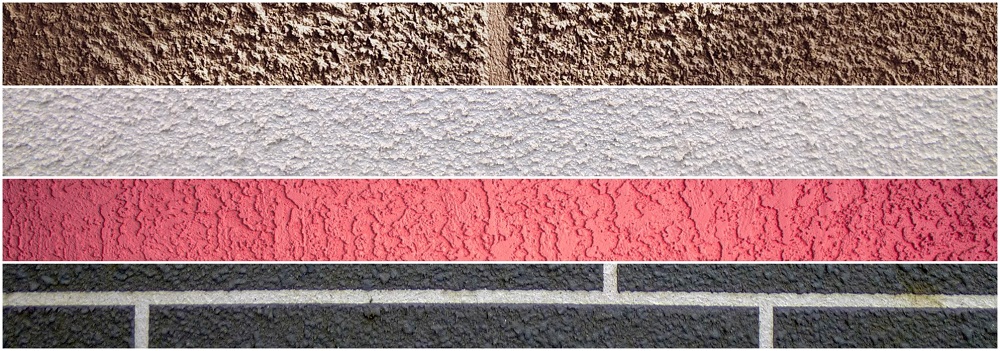
While many of us love to have smooth walls for our offices, some business owners prefer to decorate their workplaces such as restaurants and flower shops with decorative walls. Other than installing wallpaper, plant wall, wall art decor or painting of mural art (which can be a very costly option), there are plenty types of textured walls for you to choose from to create the look and feel you want.
Generally, textured walls can hide imperfections well. Their disadvantage is they prone to attract dust into the grooves.
Comb
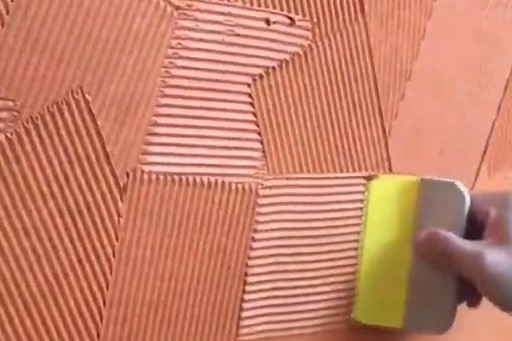
The drywall compound/mud will be first applied on to the wall and circular (fan arc) or straight-line patterns are then created repeatedly using notch trowels while the compound is still wet. The trowel can either having evenly or varying spaced teeth. Usually, it takes about a day for the wall to dry completely, before the builder can apply priming and painting.
Crow’s Feet
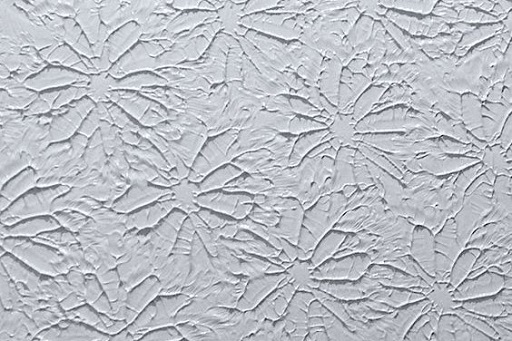
Crow’s Feet wall texture assembly the look of crow’s feet. The pattern is created using Crow’s Feet texture roller or stomp brush with stiff bristles.
Knockdown
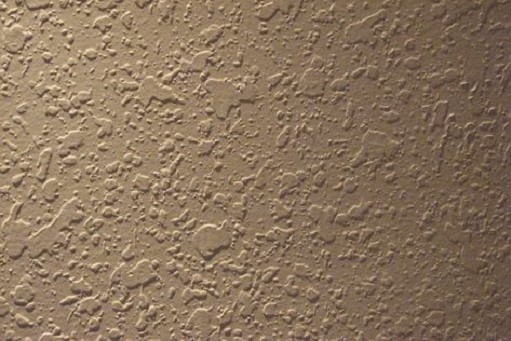
Similar to Orange Peel, Knockdown textured wall also has its peaks of bumpy texture flatten. After applying drywall compound/mud onto the wall, builder uses a stipple brush to create randomized pattern onto the wet wall. Then, the peaks of the textures created are lightly flatten using a finishing knife. There are other alternative ways to make knockdown textured wall. This type of wall has a stucco look.
Orange Peel

As the name suggested, Orange Peel textured wall looks like orange skin. It is also called Splatter or Eggshell textured wall. You can choose heavy, medium or light grain of texture. Heavy grains appear bumpier and rougher while light grains appear smoother and denser.
Popcorn
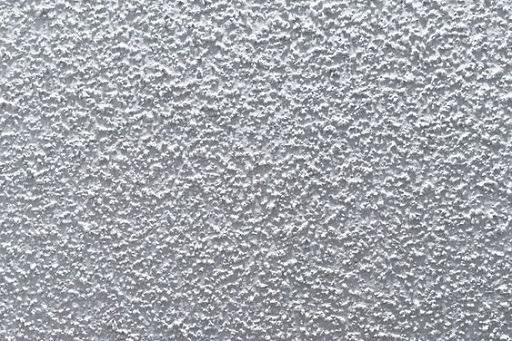
Popcorn (also named as cottage cheese texturing) textured wall has rough and bumpy surface. It is made using dry mix of drywall mud and polystyrene. It has a better acoustic control compared to smooth surface wall because of the thick texture mix.
Popcorn textured wall may contain asbestos, a type of mineral well-known as health and safety hazard and commonly used as building material in the 1980s. Besides, the texture is difficult to remove.
Sand Swirl
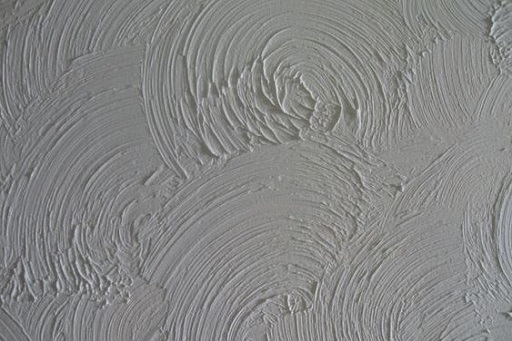
Sand Swirl textured wall involves the use of sand to achieve the look. Some builders are using sponges to make Sand Swirl pattern on wall that has applied with semi-wet plaster pre-mixed with sand; some are using brushes and perlite (sand paint), dipping the brush for each new swirl to achieve this finish. Usually, it takes about a day for the wall to dry completely, before applying priming and painting.
Skip-Trowel
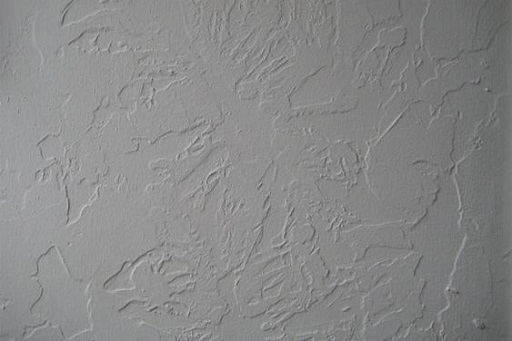
Skip-trowel textured wall is patterns created using a drywall trowel and joint compound/mud. It depends on individual preference whether to have heavier or lighter grains. You need more joint compound/mud to create heavier grains and vice versa.
Slap Brush
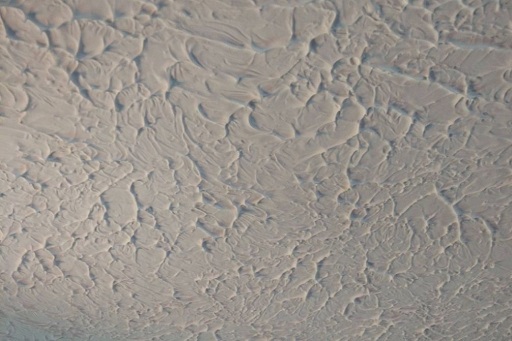
Slap Brush textured wall is created using drywall compound/mud and pressing a slap brush onto the wall while the compound is still wet. The pattern created varies with the types of brushes and slapping techniques used. Slap Brush can be either freestyle or in orderly manner such as the rosebud texturing.
Slap Brush Knockdown
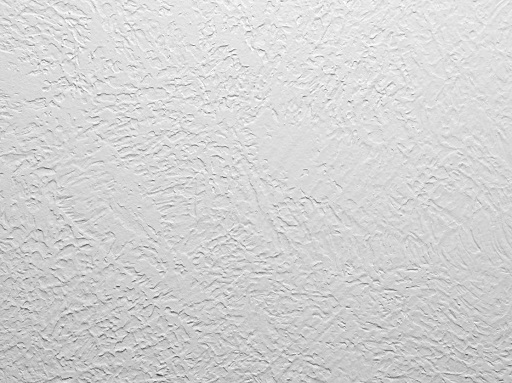
This type of texture is the result of combining Slap Brush and Knockdown techniques. The wall is first applied with a layer of mud or joint compound and then slapped with brush to create a randomized pattern. While the mud is starting to set, the peaks of the patterns are then flattened with a finishing knife.
